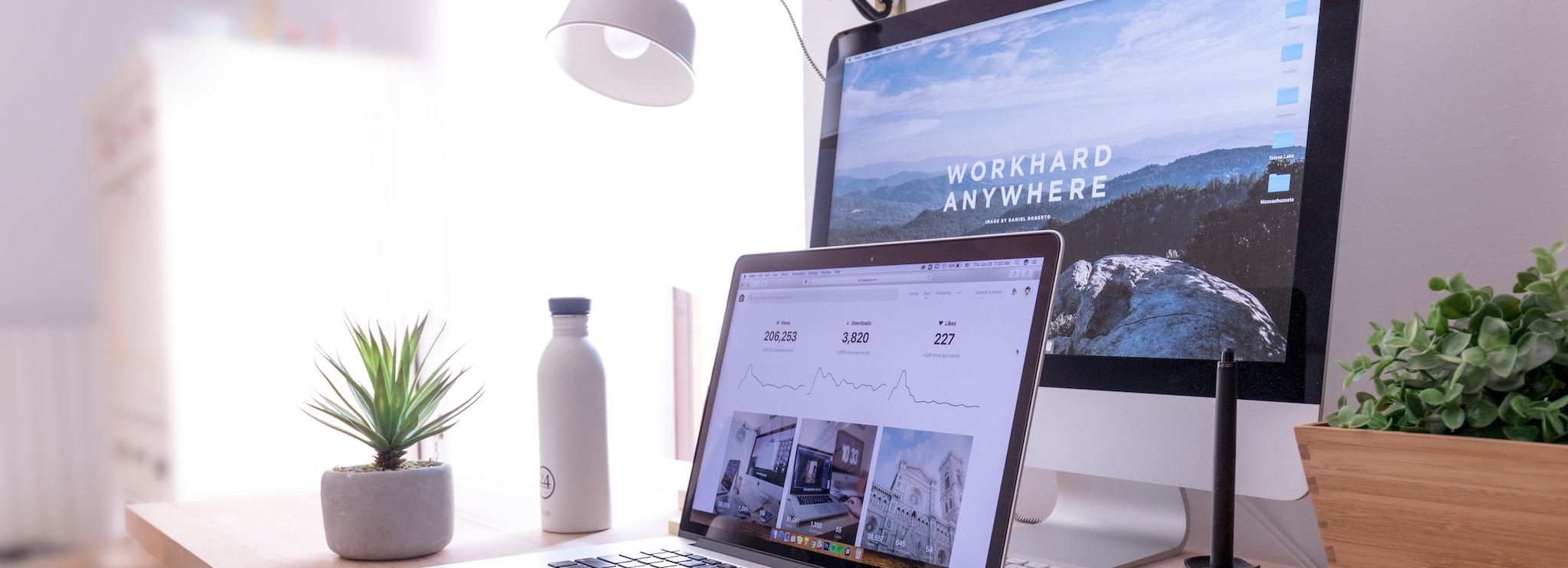In the dynamic world of website design, a critical decision stands before you: to embrace gradual refinement through iterative design or to succumb to the allure of periodic grand redesigns. This discussion navigates the intricacies of these two distinct approaches, unveiling their merits and pitfalls.
Our goal is to equip you with insights to make an informed decision, one aligned with your project’s goals. So, let’s explore the heart of this digital dilemma and uncover the secrets that will guide your website’s evolution.

Photo by Domenico Loia on Unsplash
The Grand Redesign: A Bold Transformation
Imagine you have a website crafted in the early 2010s, a digital relic from a bygone era. As time marches on, you determine that it’s due for a refresh. You assemble a team of designers, invest months of effort, and unveil an entirely new website. But is this transformation as seamless as it may seem?
Large-scale redesigns, akin to architectural renovations, possess undeniable allure. They deliver a dramatic transformation and the thrill of a grand unveiling. However, beneath the surface, this grand spectacle often conceals complexities. Issues such as broken links, user confusion, and fluctuations in search engine rankings are common side effects. Search engines, in particular, tend to respond cautiously to such substantial shifts in website structure and content.
Iterative Design: Gradual Evolution
Now, let’s shift our focus to iterative design—a method that emphasizes gradual progress. With this approach, minor, incremental changes are made to your website over time. It’s akin to the methodical refinement of an enduring classic.
Iterative design offers a lower-stress alternative. No monumental overhauls overnight, no frantic efforts to retrieve lost content. Instead, it involves measured adjustments—similar to fine-tuning your strategies in response to evolving trends. This approach ensures a smoother journey for both you and your users.
Navigating the SEO Landscape
When it comes to SEO, iterative design performs a careful dance with search engines. Search algorithms favor fresh content and user-friendly websites. With iterative design, you consistently provide search engines with valuable updates, keeping your site relevant and potentially boosting your search rankings.
On the contrary, major redesigns can appear as significant disruptions to search engines. The sudden upheaval can perplex these algorithms, leading to fluctuations in your site’s search ranking as they reevaluate its relevance and quality.
Budget Considerations
Turning our attention to budget considerations, significant redesigns often come with substantial costs. You’re essentially investing in a comprehensive makeover, and there’s an inherent risk involved. What if the new design doesn’t resonate with your user base? What if the expected performance improvements fail to materialize? Undertaking a major redesign is a considerable financial commitment, often accompanied by uncertainties.
Conversely, iterative design tends to be more budget-friendly. Smaller, incremental changes translate to manageable costs spread out over time. It’s akin to establishing a financial plan for your website, with the added benefit of gradual, user-driven improvements.
The Power of A/B Testing, User Feedback, and Analytics in Iterative Design
One of the key strengths of iterative design lies in its adaptability and responsiveness. It allows you to harness the power of A/B testing, user feedback, and analytics in real-time. A/B testing involves presenting two or more versions of a web page to users to determine which performs better. This data-driven approach enables you to make informed decisions about design elements, content, and user experience.
User feedback, another invaluable resource, provides insights into what works and what doesn’t. Regularly collecting and analyzing user feedback allows you to identify pain points, preferences, and areas for improvement. Combining user feedback with analytics data gives you a comprehensive view of user behavior, helping you make data-driven decisions that refine your website’s performance.
Finding the Right Balance
The website design dilemma invites us to strike a delicate balance between the allure of a grand redesign and the stability of measured, incremental progress. While iterative design is often the preferable choice for most scenarios, there are instances where a full redesign may be justified.
For example, when your website’s underlying technology is outdated, a complete overhaul may be necessary to ensure security and functionality. Similarly, if your brand undergoes a significant transformation or you aim to target an entirely new audience, a grand redesign can align your online presence with these strategic shifts.
However, in most cases, iterative design offers the adaptability, responsiveness, and cost-effectiveness necessary to navigate the ever-evolving digital landscape. It’s the compass that leads you towards finding the right balance and achieving sustained success in the world of web design.